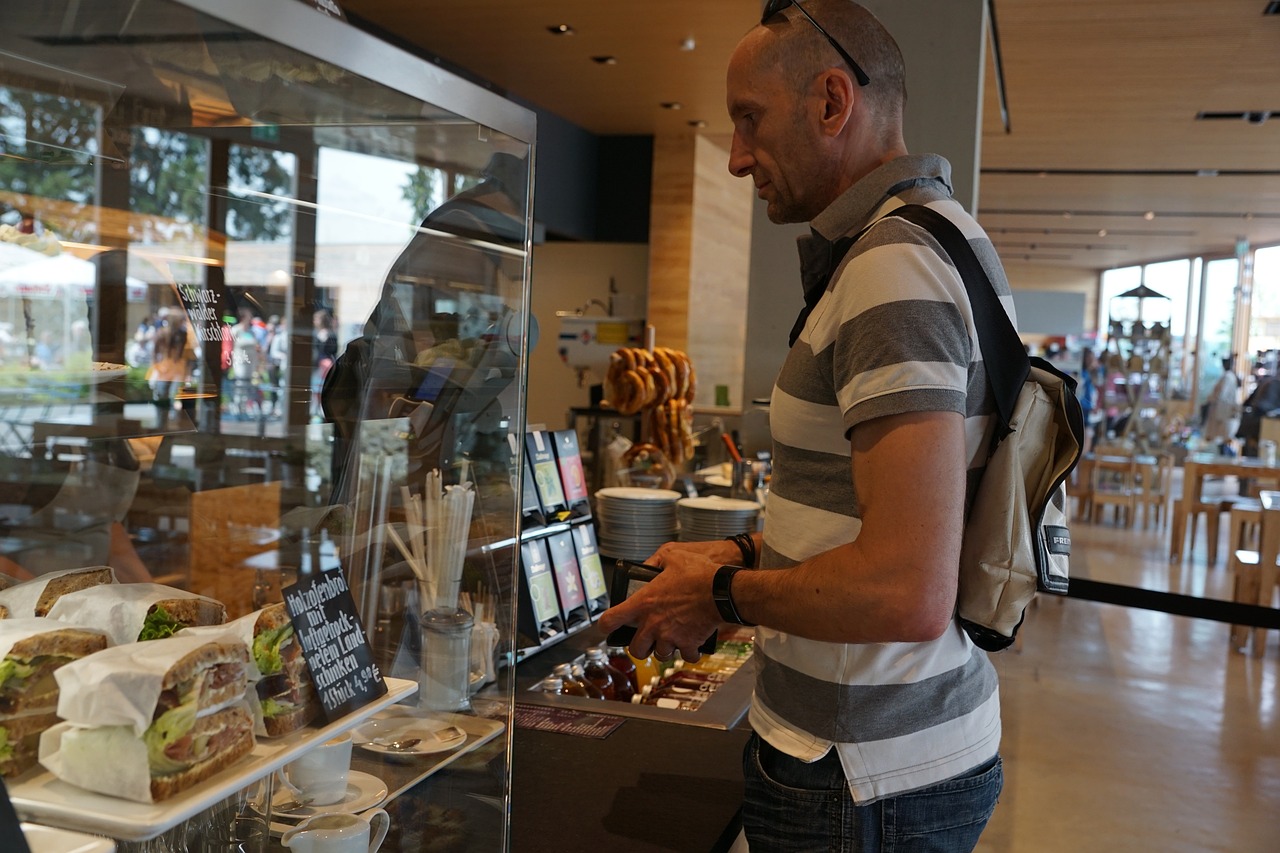15-Minute Cities: Ottawa's Path to Sustainable Urban Living
In the heart of Ontario, the City of Ottawa is embracing the transformative concept of 15-minute cities. This urban planning approach is reshaping the way Ottawans experience their city, emphasizing sustainable living, walkable neighborhoods, and vibrant local communities. This blog post delves into Ottawa's journey toward becoming a model for sustainable urban living through the lens of the 15-minute city concept.
As Ottawa continues to evolve as a dynamic metropolis, the 15-minute city concept emerges as a beacon of change, redefining the city's urban landscape. With a commitment to reducing carbon emissions, enhancing community connections, and fostering economic vitality, Ottawa is positioning itself at the forefront of the global movement towards more sustainable cities.
Ottawa's Walkable Neighborhoods The essence of a 15-minute city lies in its walkable neighborhoods, where daily needs are met within a short stroll or bike ride. Ottawa, with its charming and diverse neighborhoods, is actively embracing this principle. Areas like Westboro, Centretown, and The Glebe are prime examples of neighborhoods where residents can access everything from local markets to parks without relying on cars.
Supporting Local Businesses One of the remarkable outcomes of Ottawa's transition to a 15-minute city is the resurgence of local businesses. As the focus shifts to neighborhood-scale living, small businesses have a chance to thrive. From independent cafes to family-owned stores, these establishments contribute to the unique character of Ottawa's neighborhoods while providing residents with convenient and personalized services.

Ottawa's Green Spaces The City of Ottawa boasts a rich tapestry of green spaces, parks, and natural reserves. The 15-minute city concept aligns seamlessly with Ottawa's dedication to preserving these areas and making them accessible to all residents. Parks not only serve as recreational hubs but also act as meeting points and gathering spaces, enhancing community engagement.
Promoting Active Lifestyles Ottawa's commitment to active lifestyles aligns perfectly with the 15-minute city philosophy. The city's extensive network of bike lanes, pathways, and recreational facilities encourages residents to adopt healthier ways of commuting and engaging with their surroundings. This transition towards more sustainable modes of transportation contributes to reduced traffic congestion and improved air quality.
Commonly Asked Questions
- How is Ottawa adapting existing infrastructure to support the 15-minute city model? Ottawa is actively adapting its existing infrastructure to align with the 15-minute city model. This includes initiatives such as expanding and improving the city's cycling infrastructure, enhancing public transportation networks, and creating more pedestrian-friendly zones. The city has been investing in bike lanes, pathways, and transit services to provide residents with convenient alternatives to car travel. Additionally, urban planning regulations have been updated to encourage mixed-use developments, bringing essential services and amenities closer to residential areas.

2. What initiatives is the City of Ottawa implementing to encourage walking and cycling? The City of Ottawa has launched several initiatives to promote walking and cycling as viable modes of transportation. These include the creation of dedicated cycling lanes and multi-use pathways that connect different parts of the city. The "Bike Ottawa" program provides resources, maps, and information to cyclists, while the "Winter Cycling Network" ensures that cycling remains accessible even during the colder months. Ottawa's "Complete Streets" approach incorporates pedestrian and cyclist needs into street design, making roads safer and more inviting for non-motorized travel.
3. How are property values affected in neighborhoods embracing the 15-minute city concept? Neighborhoods embracing the 15-minute city concept often experience positive effects on property values. The convenience of having essential services, recreational areas, and entertainment options within walking distance enhances the overall desirability of these neighborhoods. Mixed-use developments and improved local businesses can contribute to a more vibrant community, attracting potential homebuyers. However, it's important to note that property value changes can vary based on factors such as the neighborhood's location, the quality of local amenities, and overall market conditions.
4. What role do local governments play in promoting the 15-minute city philosophy? Local governments play a pivotal role in promoting the 15-minute city philosophy by implementing urban planning policies that support walkable neighborhoods and sustainable transportation. They can facilitate zoning changes that encourage mixed land use, prioritize pedestrian and cyclist safety in street design, and invest in public transportation infrastructure. Moreover, local governments can collaborate with community stakeholders to create and maintain green spaces, parks, and recreational areas that enrich the urban environment.
Are you excited about Ottawa's transformation into a more sustainable and livable city through the 15-minute city concept? If you're considering buying or selling a home in Ottawa or surrounding towns, I'm here to help you navigate this exciting urban evolution. Reach out to me, Roch St-Georges, at roch@rochstgeorges.com or call 613-889-7732, and let's explore how you can be part of Ottawa's journey towards a more vibrant and connected future.





